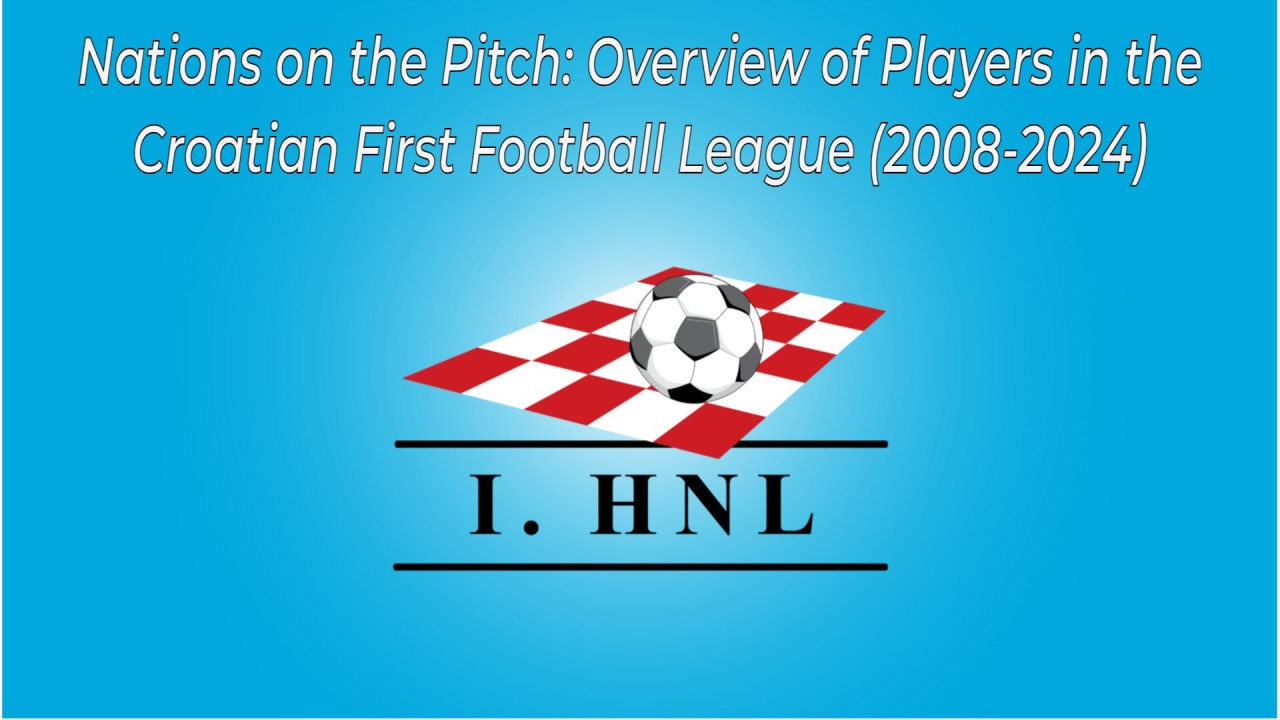The Croatia 1 League is the premier football division in Croatia, known for its passionate fanbase, fierce rivalries, and clubs that have made a mark both domestically and internationally. This league not only showcases the best of Croatian talent but also serves as a vital platform for young players aspiring to make a name for themselves in the world of football. Over the years, the league has witnessed thrilling matches, unforgettable moments, and a rich history that has contributed to its unique identity within European football https://lc88.trading/.
History of the Croatia 1 League
The history of the Croatia 1 League can be traced back to the early 1990s when Croatia gained independence following the breakup of Yugoslavia. The formation of the league represented a new beginning, allowing clubs to compete under a national banner and establish their identities apart from the former Yugoslav league structure.
The inaugural season of the league was held in 1992-1993, featuring 12 teams. One of the immediate highlights was the emergence of Dinamo Zagreb as a dominant force in Croatian football. Their long-standing rivalry with Hajduk Split not only defined the league but also captured the imagination of fans nationwide. This competition became a symbol of regional pride and passion.
In the subsequent decades, the league evolved, introducing new clubs while retaining some of the historical teams. The competitive nature of the league has grown tremendously, with clubs like Rijeka, Osijek, and Istria becoming increasingly relevant. Each season brings about a fresh narrative filled with dramatic storylines, unexpected results, and emerging talent.
The Croatia 1 League has also been pivotal in contributing players to some of Europe’s elite leagues, showcasing the high-caliber talent produced by these clubs. As Croatian football continues to rise on a global scale, the league’s historical context helps us appreciate the sport’s development in the region.
Early Years and Establishment
As the Croatia 1 League was founded, it aimed to solidify a national identity through football. The early years were marked by challenges, including financial instability and the need to establish a professional framework. Clubs sought to attract supporters, create infrastructure, and build a competitive ethos that would engage fans and elevate the standard of play.
Establishment of a domestic league provided a necessary platform for players who had previously competed at various levels of Yugoslav football. This transitional phase allowed for a blending of styles and philosophies as clubs began to explore their identities. Many clubs invested in youth development initiatives to secure the future of Croatian football, which later proved crucial in sustaining competitiveness.
Simultaneously, the league faced scrutiny over its organization and management. Ensuring fair play, transparency, and equal opportunity among all participating clubs remained a pressing concern. Regulatory bodies worked diligently to address these issues, leading to the successful establishment of governance structures that improved the overall health of the league.
Growth and Challenges
As the league matured, it experienced periods of growth interspersed with significant challenges. The introduction of sponsorship deals and television rights opened new revenue streams, allowing clubs to invest in better facilities, player acquisitions, and coaching staff. However, this financial growth was also accompanied by economic crises affecting many regions in Eastern Europe, including Croatia.
Despite these challenges, the competitive landscape of the Croatia 1 League continued to evolve. Clubs started to embrace modern training techniques, sports science, and tactical innovations that raised the level of play. This evolution was reflected in performances on the field, with several teams making notable runs in European competitions, putting Croatian football firmly on the map.
One of the most remarkable aspects of the league’s growth includes the emergence of local heroes. Players who once played in small towns found their way into the hearts of fans throughout the country. With rising stars such as Luka Modrić and Ivan Rakitić eventually moving to bigger clubs abroad, the league became a stepping stone for talent destined for greatness.
Modern Era
Today, the Croatia 1 League thrives as one of the most intriguing leagues in Europe, characterized by its blend of tradition and modernity. Social media engagement and digital broadcasting have attracted a new generation of fans, further solidifying the league’s place in contemporary culture. The ever-present tension between traditional heavyweights and ambitious underdogs keeps the league exciting and unpredictable.
Fan culture remains a powerful driving force, with supporters passionately backing their teams through thick and thin. Rivalries, particularly those between Dinamo Zagreb and Hajduk Split, continue to encapsulate the essence of Croatian football. These matches are more than just games; they’re cultural events steeped in history, rivalry, and deep-rooted emotions.
